Home>Gardening & Outdoor>Landscaping Ideas>When Should Fertilizer Be Applied To Lawns
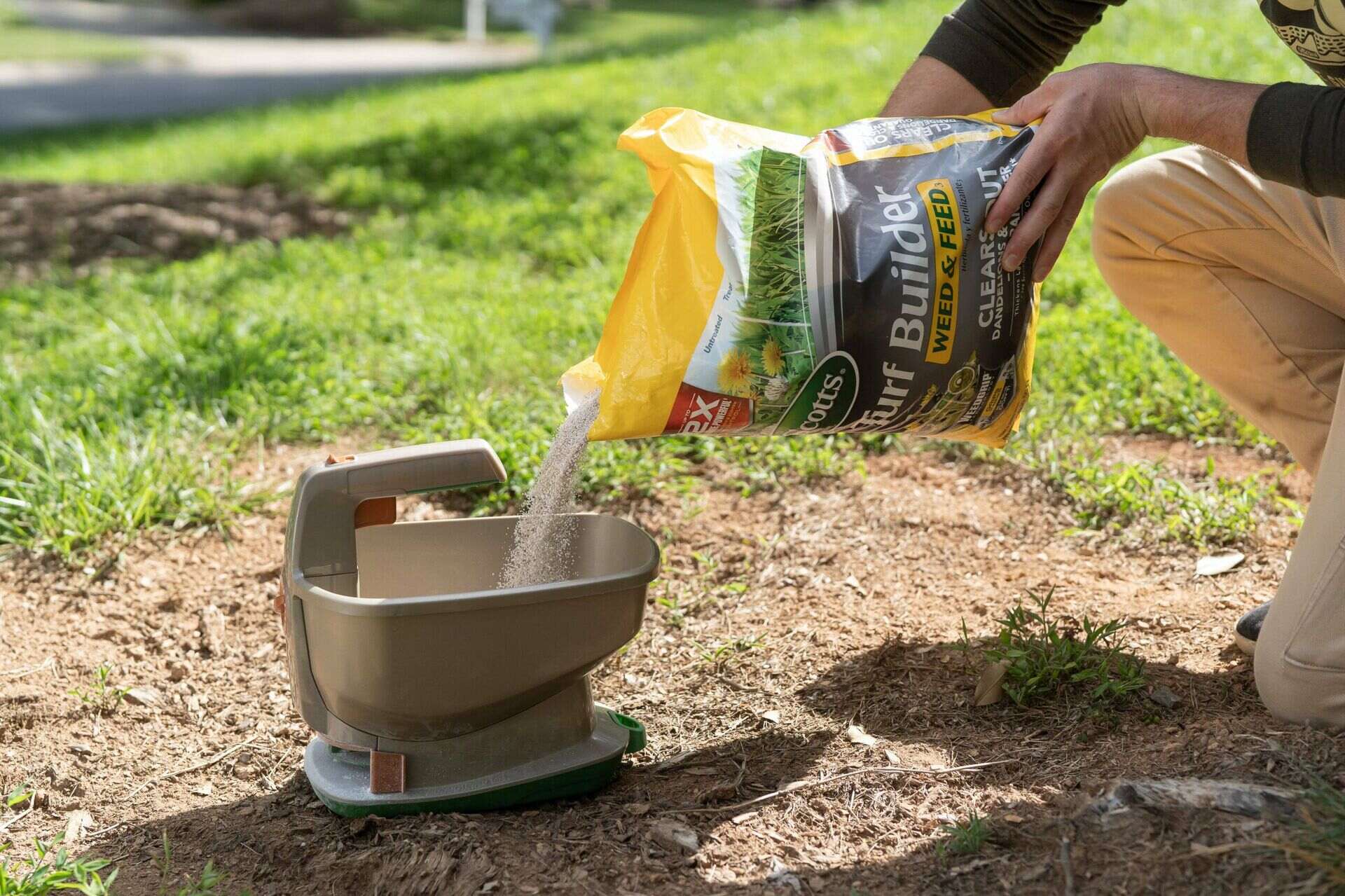

Landscaping Ideas
When Should Fertilizer Be Applied To Lawns
Modified: January 3, 2024
Learn about the best timing for applying fertilizer to your lawn and get expert landscaping ideas for a healthy, vibrant yard. Discover the right schedule for lawn care.
(Many of the links in this article redirect to a specific reviewed product. Your purchase of these products through affiliate links helps to generate commission for Storables.com, at no extra cost. Learn more)
Introduction
Welcome to the world of lawn care, where the lush green grass and vibrant flora create a picturesque landscape right in your backyard. A key aspect of maintaining a healthy and vibrant lawn is understanding the art and science of fertilization. Knowing when to apply fertilizer to your lawn is crucial for promoting robust growth, vibrant color, and overall health of the grass and plants.
Timing is everything when it comes to applying fertilizer to your lawn. Understanding the optimal times for fertilization, the factors that influence these timings, and the best practices for application can make a significant difference in the health and appearance of your lawn. In this article, we will delve into the intricacies of timing fertilizer applications, consider the factors that influence the timing, and explore the best practices for achieving a lush, green lawn that will be the envy of the neighborhood.
Key Takeaways:
- Timing is crucial for fertilizing lawns. Spring and fall are the best seasons for application, but factors like grass type, soil condition, and climate should be considered for optimal results.
- Following best practices for fertilizer application is essential. Accurate application, timing, slow-release fertilizers, and post-application care can promote healthy and sustainable lawn growth.
Understanding the Timing of Fertilizer Application
Timing plays a crucial role in the effectiveness of fertilizer application. Understanding the seasonal needs of your lawn is essential for determining the most opportune moments to apply fertilizer. In general, there are two primary periods when fertilization is most beneficial for lawns: the spring and the fall.
Spring: As the temperatures begin to rise and the grass starts to grow actively, spring is an ideal time for the first round of fertilizer application. This helps replenish the nutrients that the grass utilized during the winter months and provides the essential elements needed for robust spring growth. Applying fertilizer in the early spring, typically around late March to early April, sets the stage for healthy, vigorous grass that can withstand the upcoming summer stress.
Fall: The autumn season is another critical period for fertilizing lawns. As the temperatures cool down and the grass prepares for the winter dormancy, a well-timed application of fertilizer in the fall can fortify the roots and provide the necessary nutrients for a strong start in the following spring. Late September to early November is the optimal window for fall fertilization, allowing the grass to absorb the nutrients and store energy for the dormant winter months.
It’s important to note that the specific timing of fertilizer application can vary based on the climate and grass type in your region. Understanding the local climate patterns and the specific needs of your grass type is essential for fine-tuning the timing of fertilizer application to maximize its benefits.
Factors to Consider Before Applying Fertilizer
Before reaching for that bag of fertilizer, it’s crucial to consider several factors that can influence the effectiveness of the application. Understanding these factors will help ensure that the fertilizer provides the maximum benefit to your lawn while minimizing any potential negative impacts.
- Grass Type: Different grass species have varying nutrient requirements and growth patterns. Knowing the specific type of grass in your lawn will guide you in selecting the right fertilizer and determining the appropriate application timing.
- Soil Condition: Assessing the soil pH, texture, and nutrient levels is essential for understanding the specific needs of your lawn. Conducting a soil test can provide valuable insights into the soil’s composition and help in choosing the most suitable fertilizer formulation.
- Climate: The local climate and weather patterns play a significant role in determining the timing and frequency of fertilizer application. Factors such as temperature, precipitation, and seasonal changes should be taken into account when planning the fertilization schedule.
- Environmental Impact: It’s important to be mindful of the potential environmental impact of fertilizer application. Avoiding over-application, especially near water bodies, and choosing slow-release or organic fertilizers can help minimize the risk of nutrient runoff and environmental contamination.
- Regulatory Guidelines: Familiarize yourself with any local regulations or guidelines regarding fertilizer use in your area. Some regions may have restrictions on certain types of fertilizers or specific application practices to protect the environment and water quality.
By carefully considering these factors, you can tailor your fertilizer application to align with the specific needs of your lawn while promoting environmental stewardship and sustainable lawn care practices.
Fertilizer should be applied to lawns in the early spring or early fall for best results. Avoid applying during hot, dry periods to prevent burning the grass. Always follow the instructions on the fertilizer package for proper application.
Best Practices for Applying Fertilizer to Lawns
When it comes to applying fertilizer to your lawn, following best practices can make a significant difference in the effectiveness of the application and the overall health of your turf. Here are some essential guidelines to consider:
- Accurate Application: Use a calibrated spreader to ensure even and accurate distribution of the fertilizer across the lawn. Proper calibration prevents over or under-application, promoting consistent growth and color.
- Timing and Weather: Apply fertilizer when the weather forecast predicts a period of gentle, consistent rain or irrigation. This allows the nutrients to dissolve and penetrate the soil, minimizing the risk of runoff and maximizing absorption by the grass roots.
- Follow Label Instructions: Always read and follow the instructions on the fertilizer label. Pay attention to the recommended application rates, frequency, and any specific guidelines provided by the manufacturer.
- Avoid Fertilizer Burn: To prevent fertilizer burn, which can damage the grass, avoid applying fertilizer during hot and dry periods. Water the lawn lightly after application to reduce the risk of burn and help the nutrients reach the soil.
- Consider Slow-Release Fertilizers: Slow-release fertilizers provide a steady supply of nutrients to the grass over an extended period, reducing the risk of leaching and promoting more uniform growth.
- Post-Application Care: After applying the fertilizer, lightly water the lawn to help the granules dissolve and activate the nutrients. This also aids in preventing the fertilizer from sticking to the grass blades, minimizing the potential for discoloration.
- Maintenance and Monitoring: Regularly monitor the condition of your lawn after fertilization. Observe the grass for signs of over or under-fertilization, and adjust your future applications based on the lawn’s response and growth patterns.
By adhering to these best practices, you can optimize the impact of fertilizer application, promote healthy and sustainable lawn growth, and contribute to the overall beauty of your outdoor space.
Conclusion
Mastering the timing and application of fertilizer is a fundamental aspect of nurturing a vibrant and resilient lawn. By understanding the seasonal needs of your grass, considering key factors before applying fertilizer, and following best practices for application, you can create an environment where your lawn thrives and flourishes.
Remember, the goal of fertilization is not just to achieve immediate visual results, but to foster the long-term health and sustainability of your lawn. By providing the essential nutrients at the right times and in the right amounts, you can fortify the grass, enhance its resistance to stressors, and contribute to a lush, green landscape that enhances the beauty of your home.
As you embark on your lawn care journey, continue to observe and learn from the unique characteristics of your lawn. Each season presents new opportunities to support its growth and vitality, and by staying attuned to its changing needs, you can cultivate a lawn that becomes a source of pride and joy.
With a combination of knowledge, care, and a touch of green-thumb intuition, you can transform your lawn into a vibrant oasis that beckons you to step outside and savor the beauty of nature, right in your own backyard.
Frequently Asked Questions about When Should Fertilizer Be Applied To Lawns
Was this page helpful?
At Storables.com, we guarantee accurate and reliable information. Our content, validated by Expert Board Contributors, is crafted following stringent Editorial Policies. We're committed to providing you with well-researched, expert-backed insights for all your informational needs.
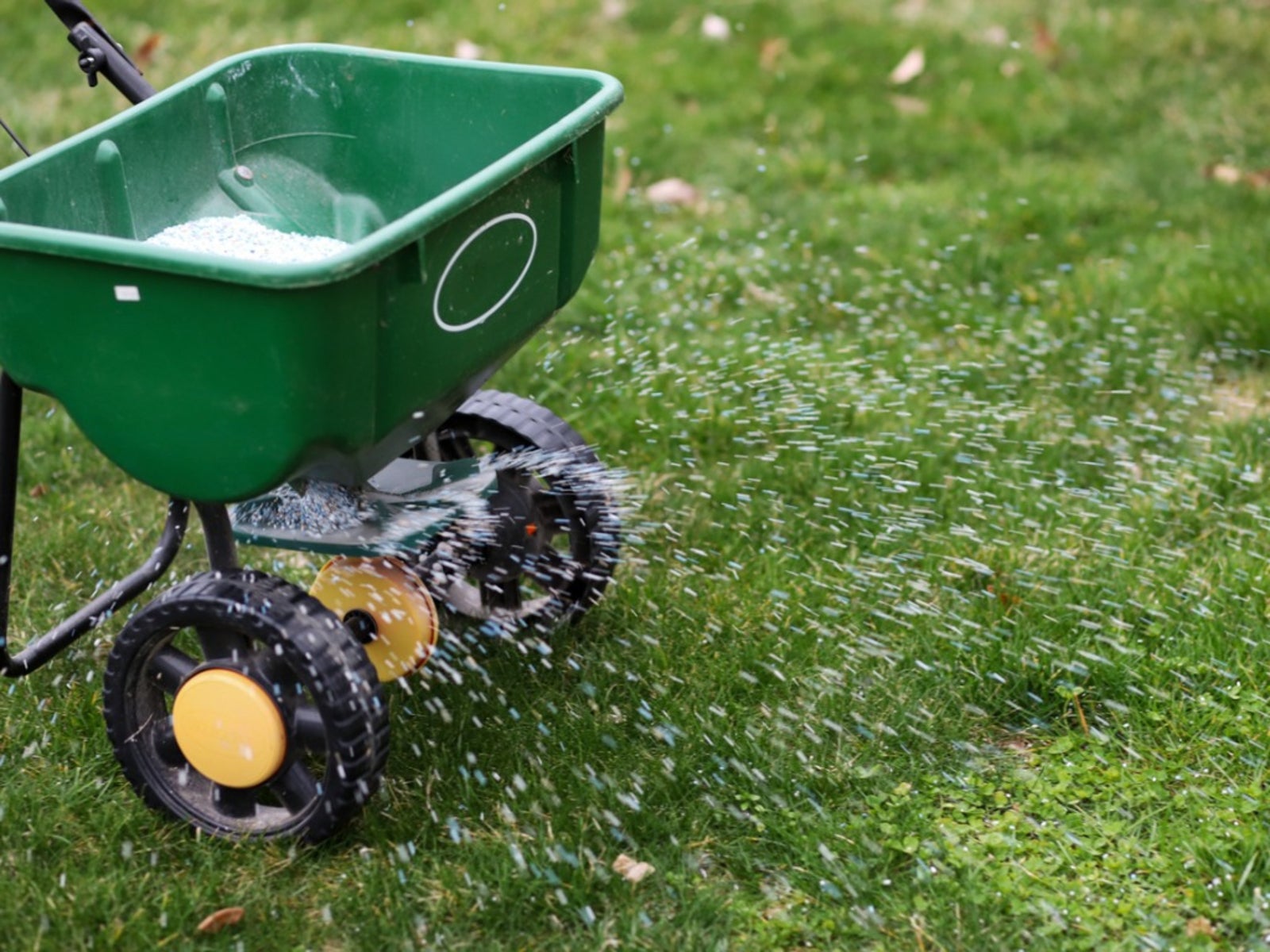
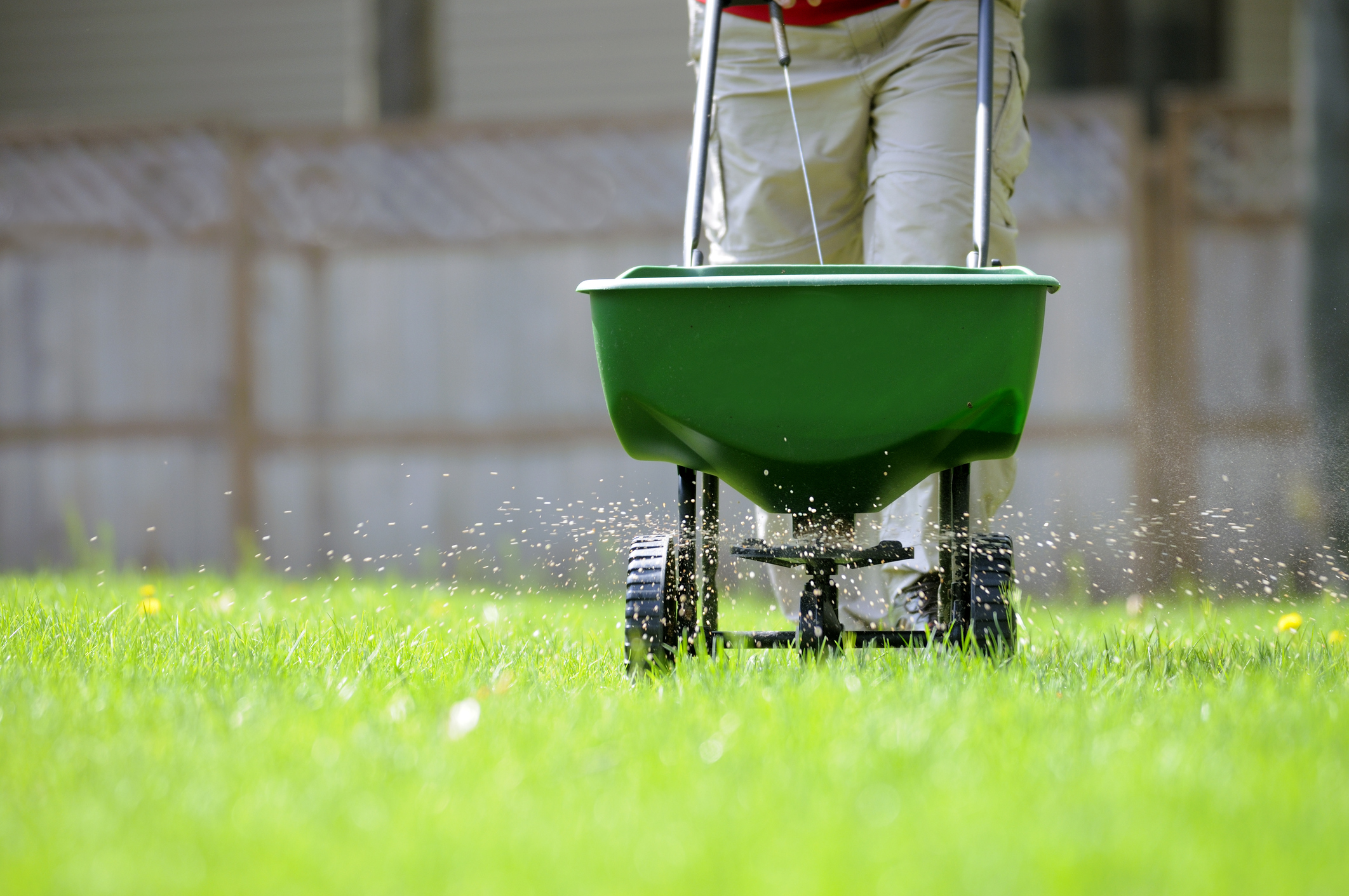
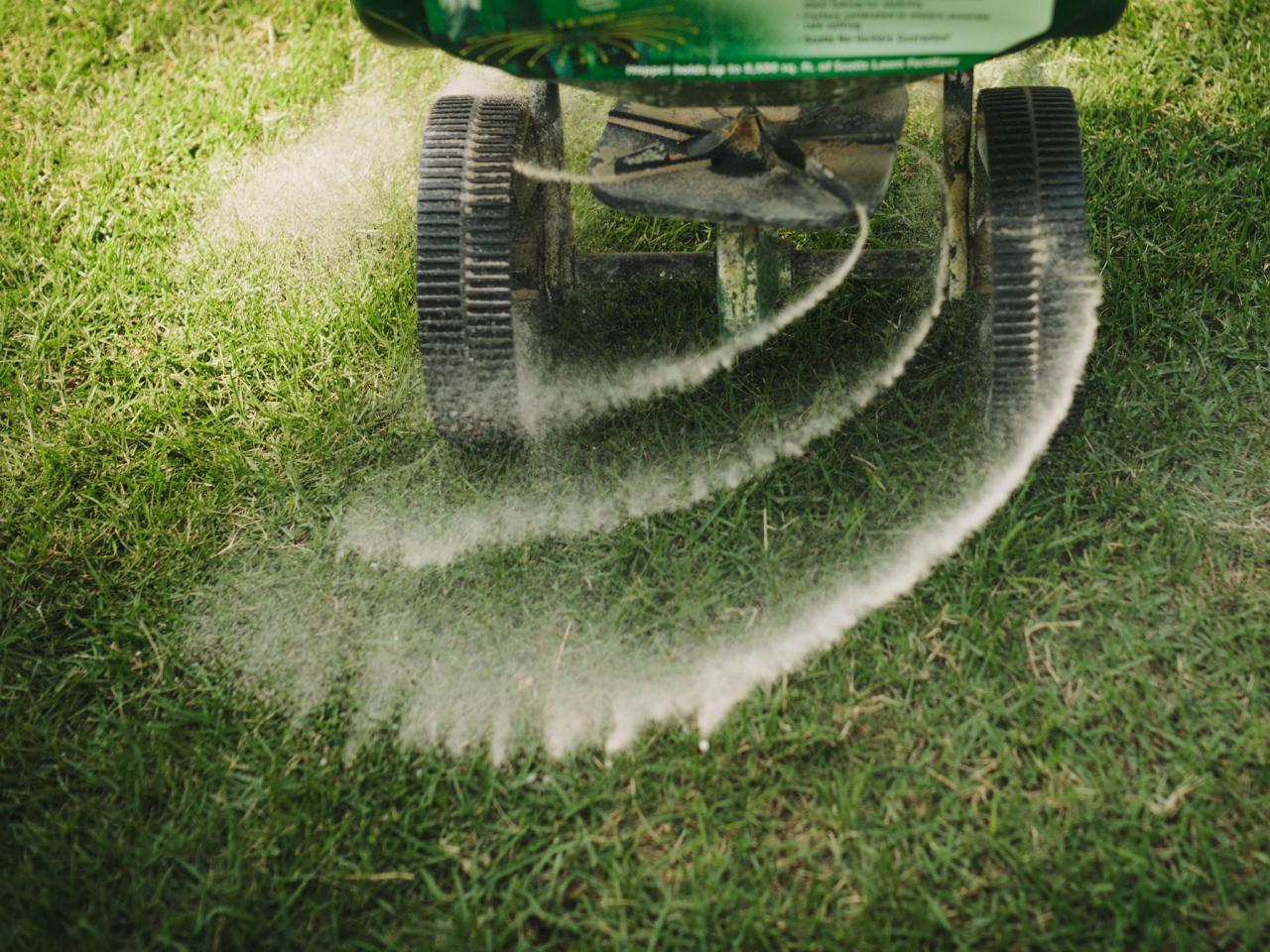
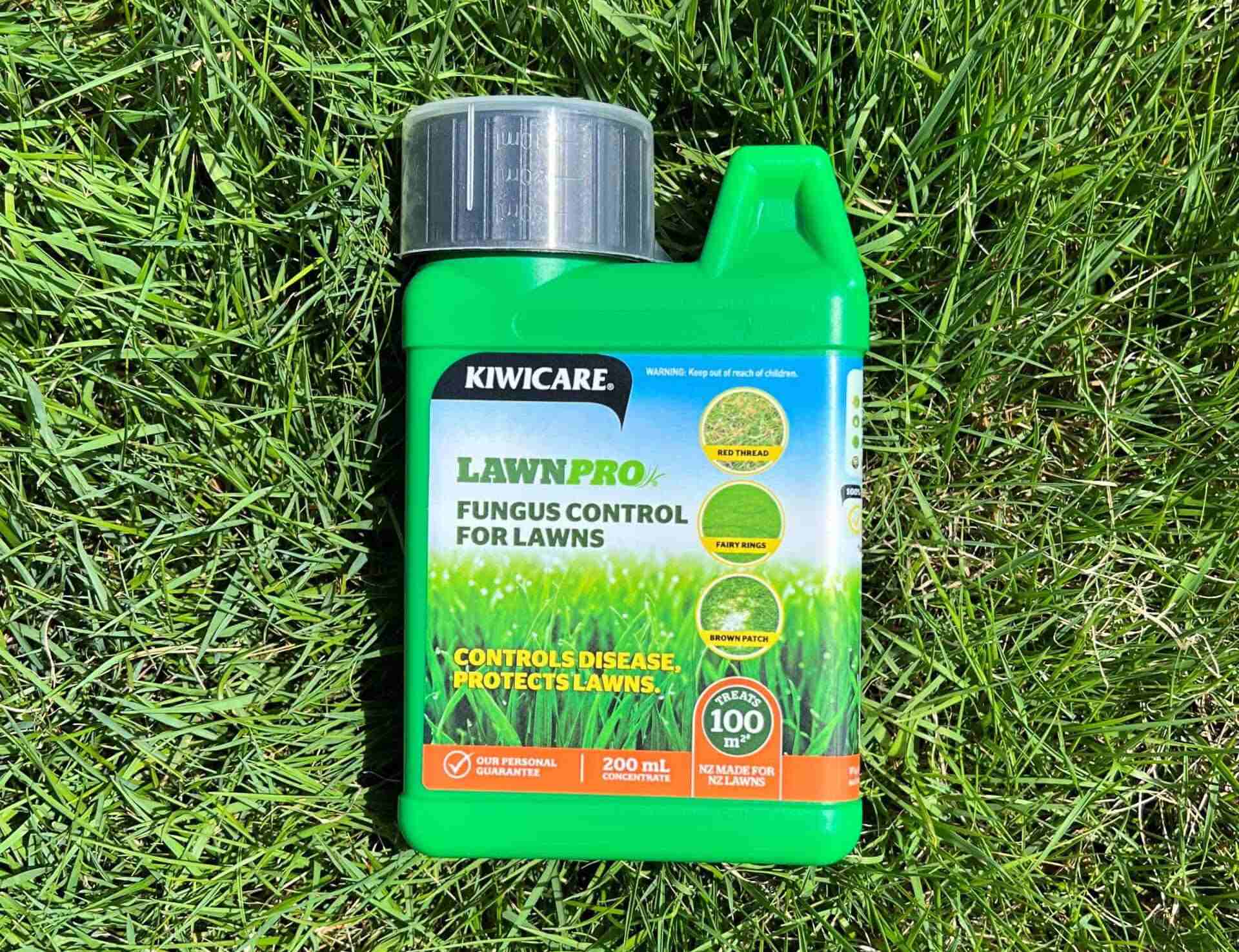
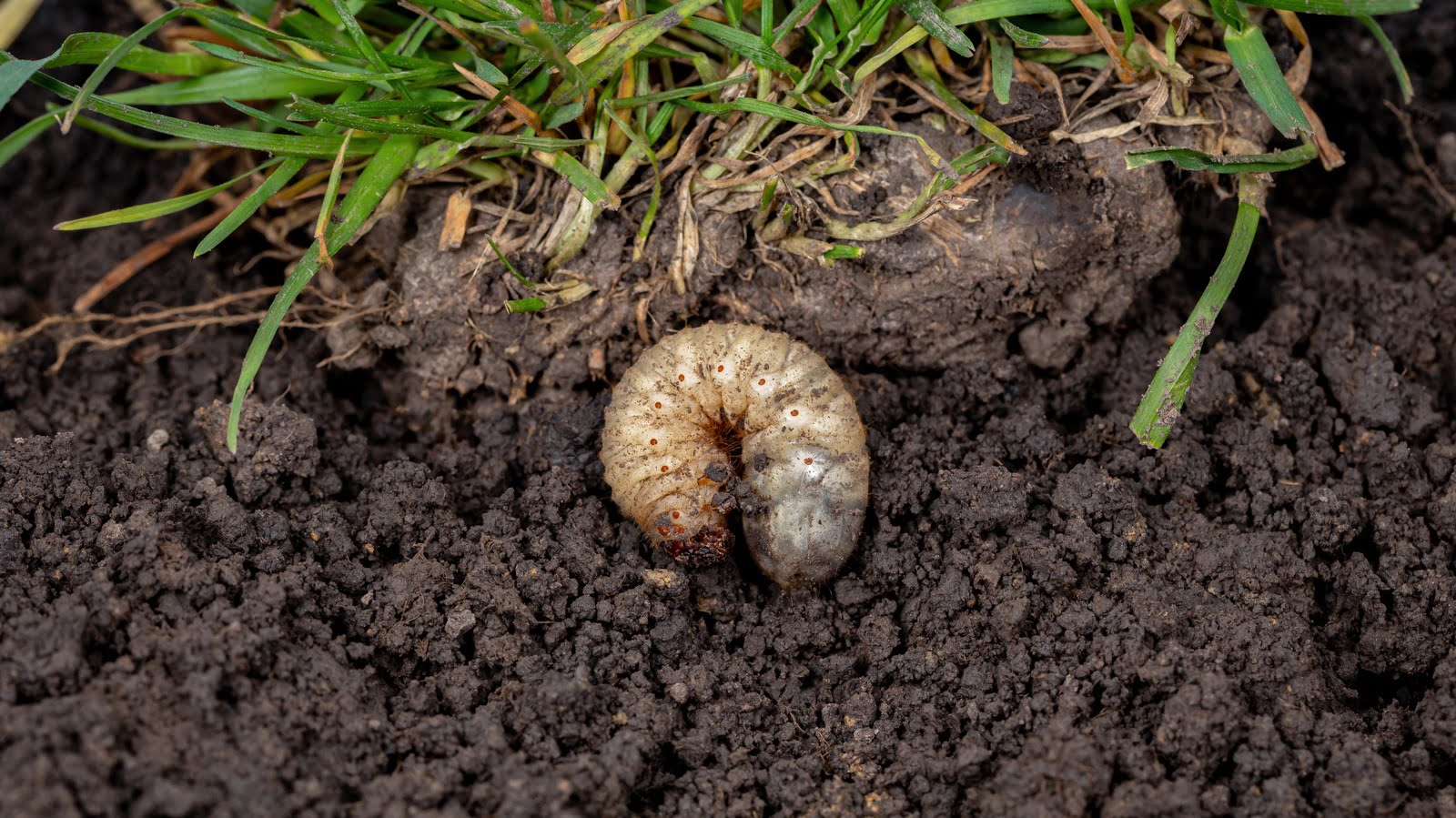
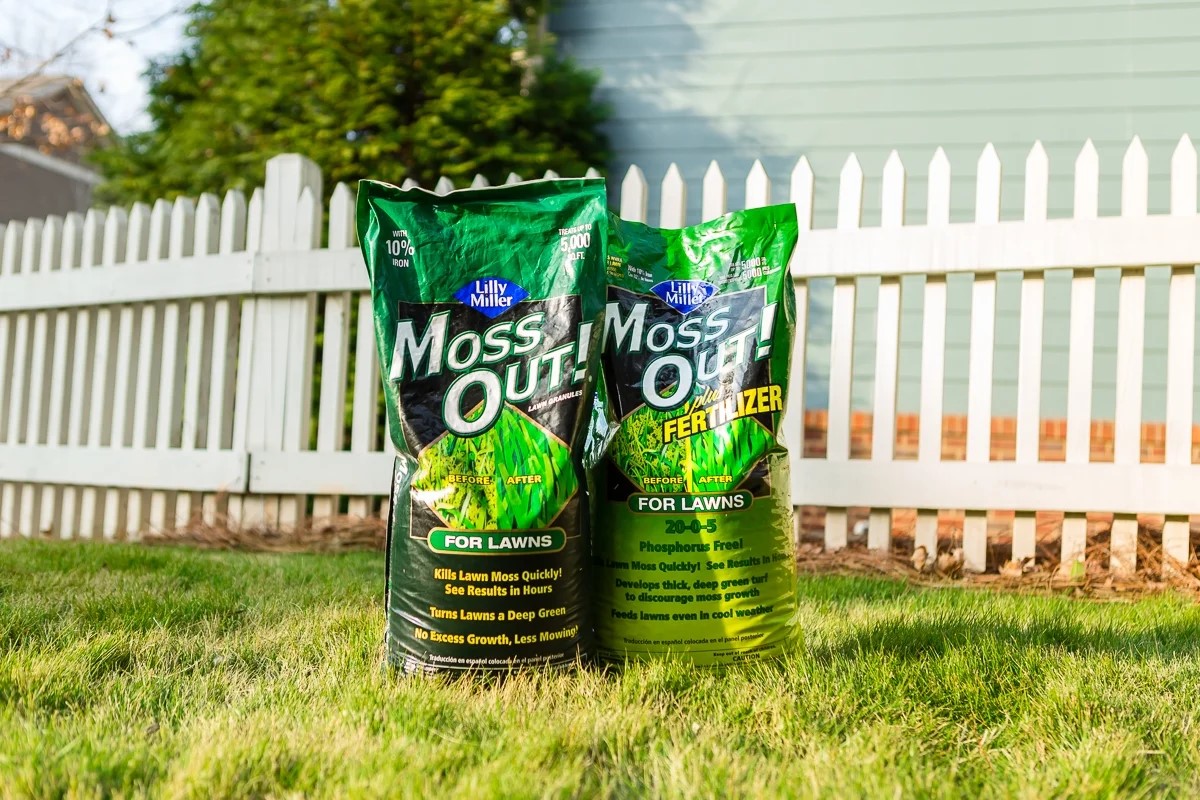
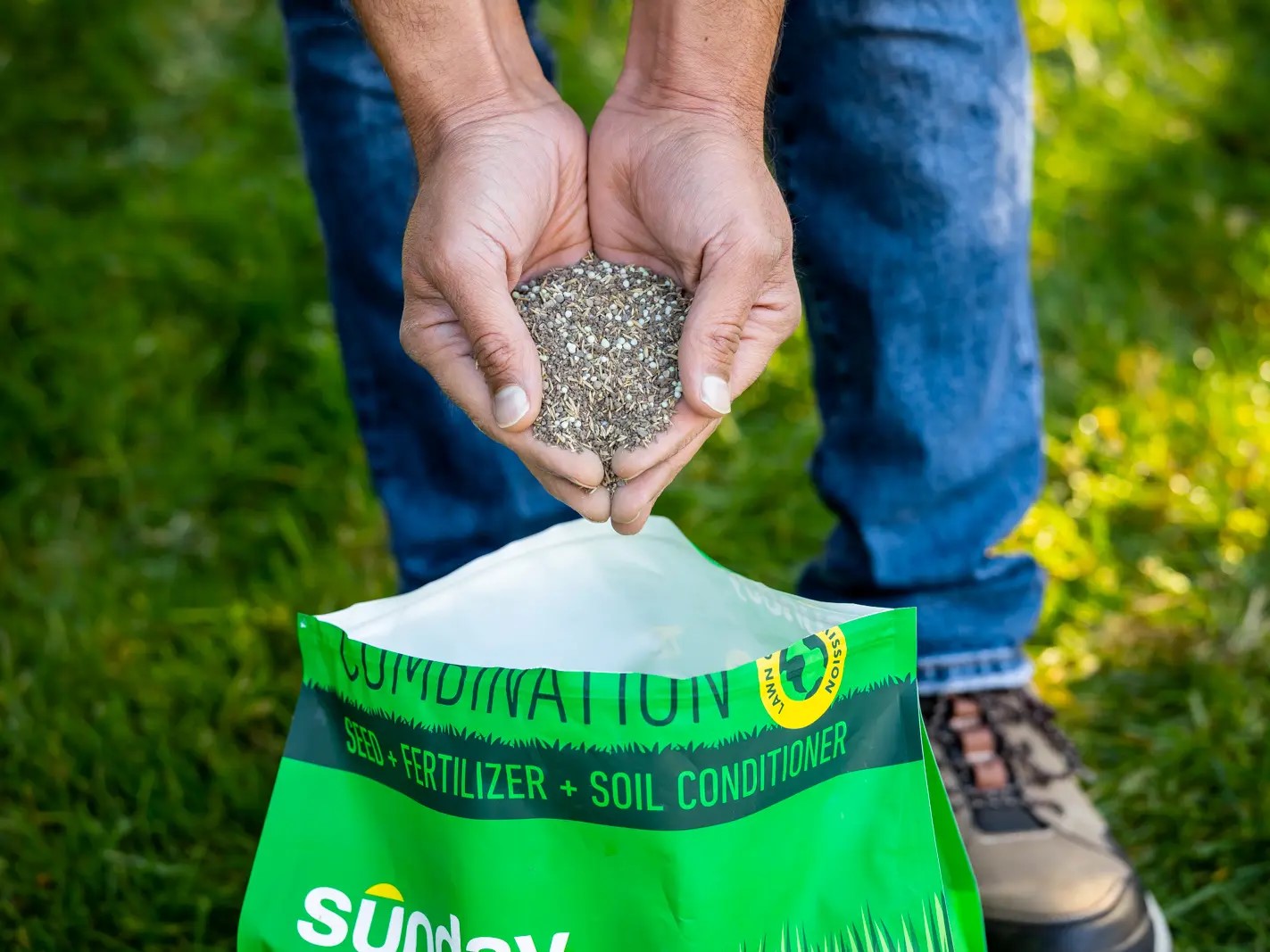
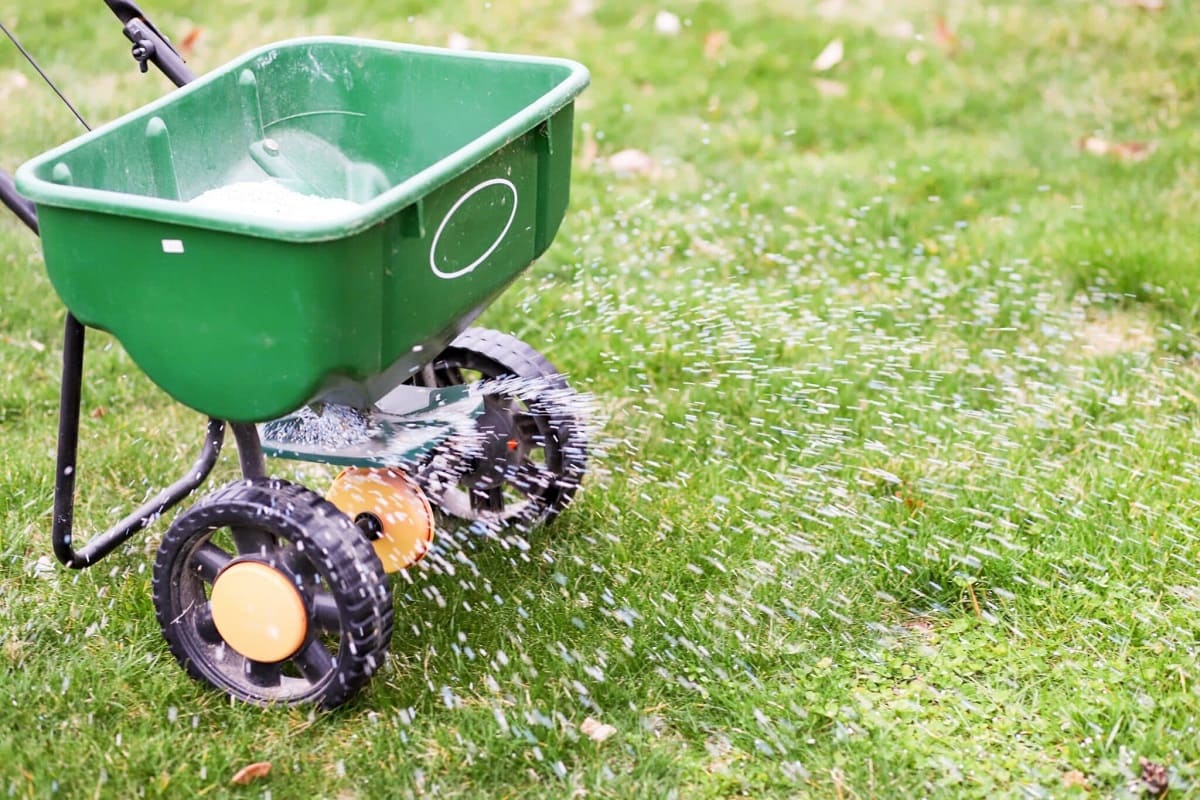

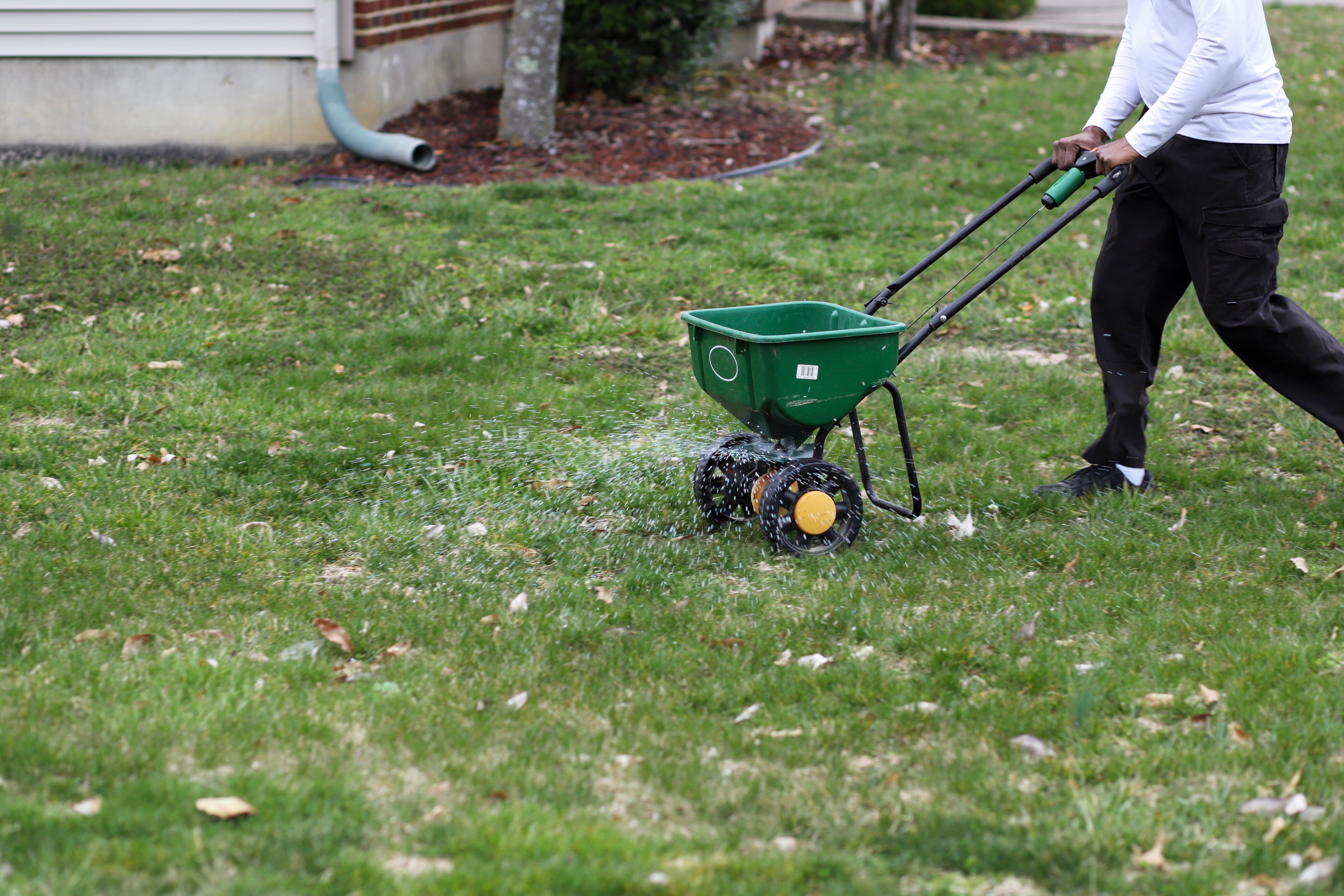
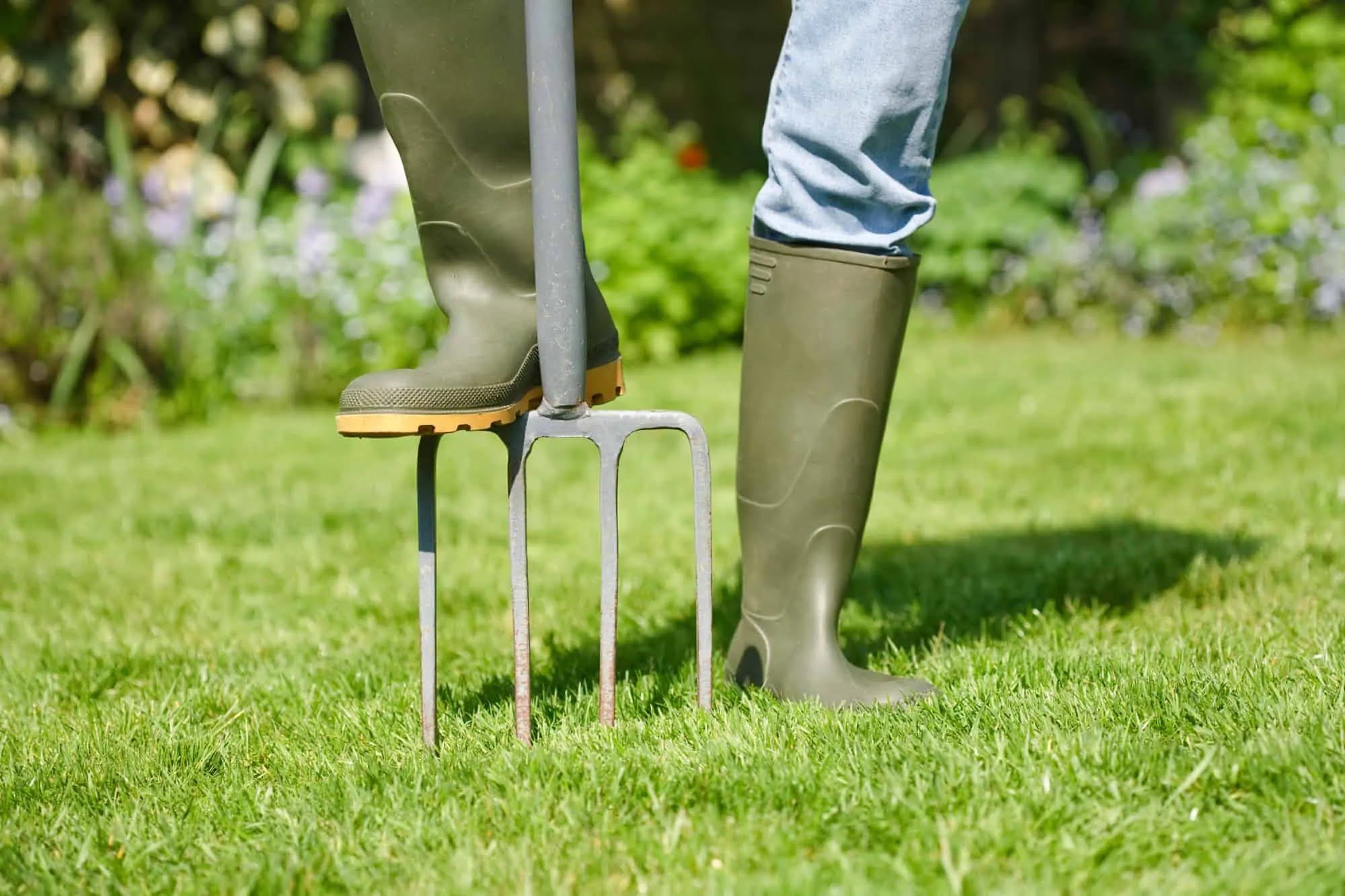
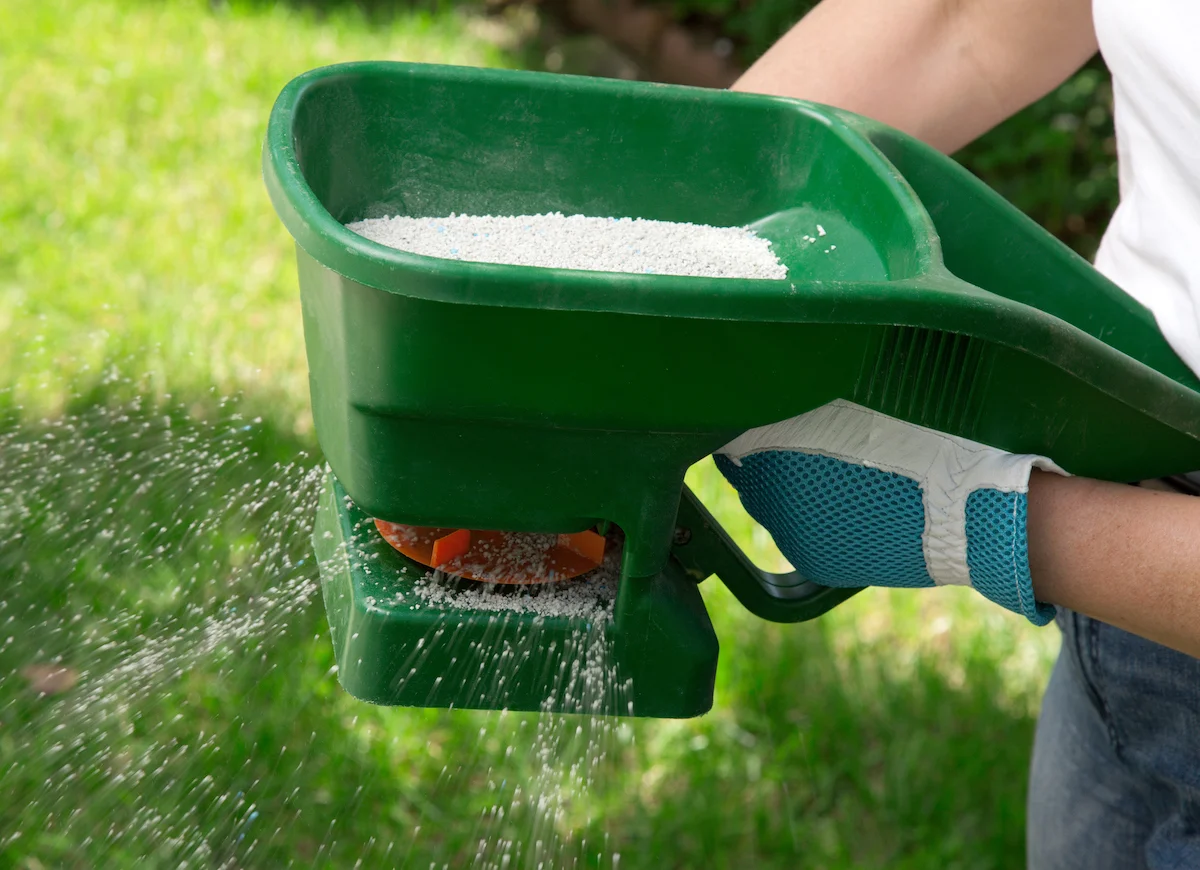
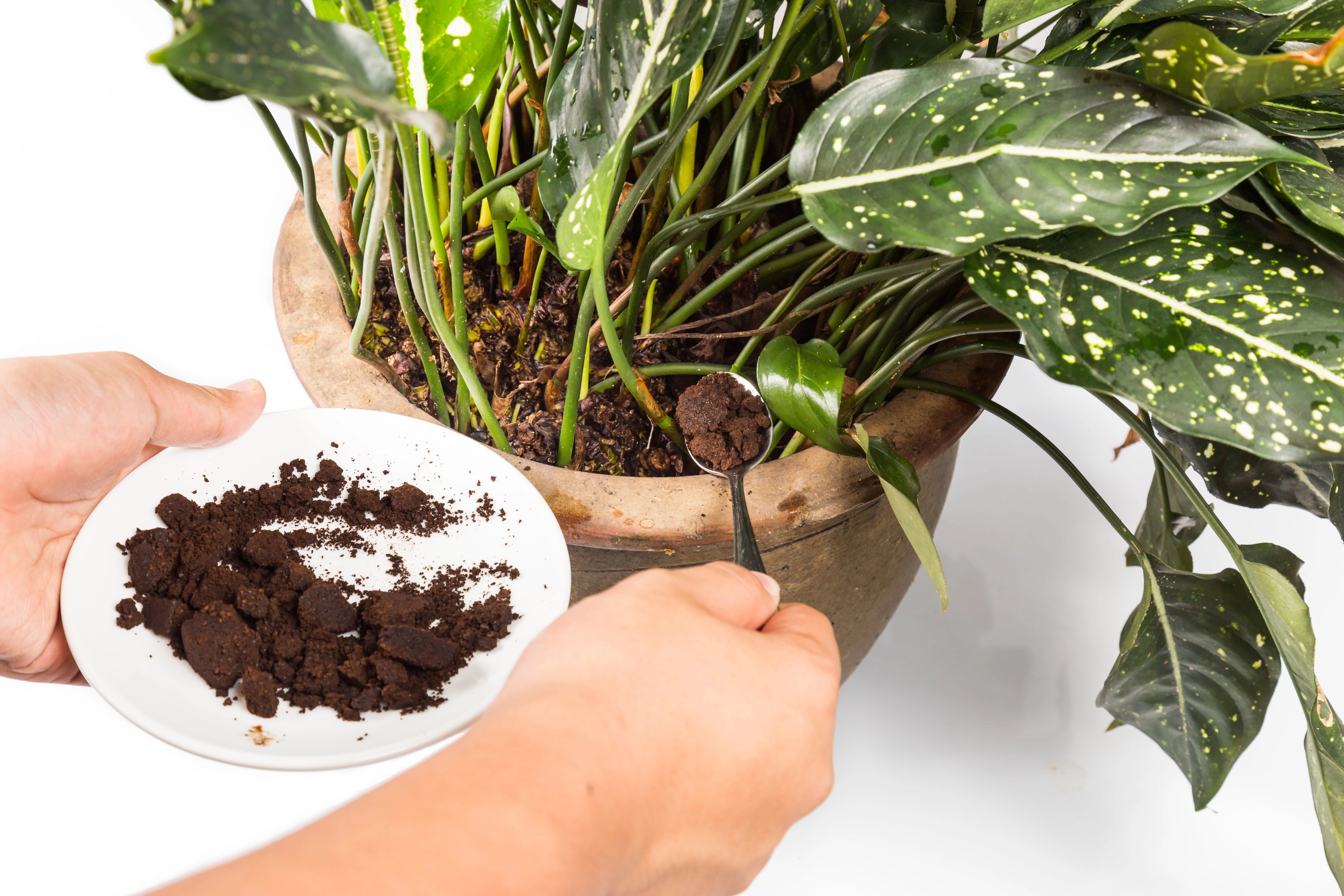
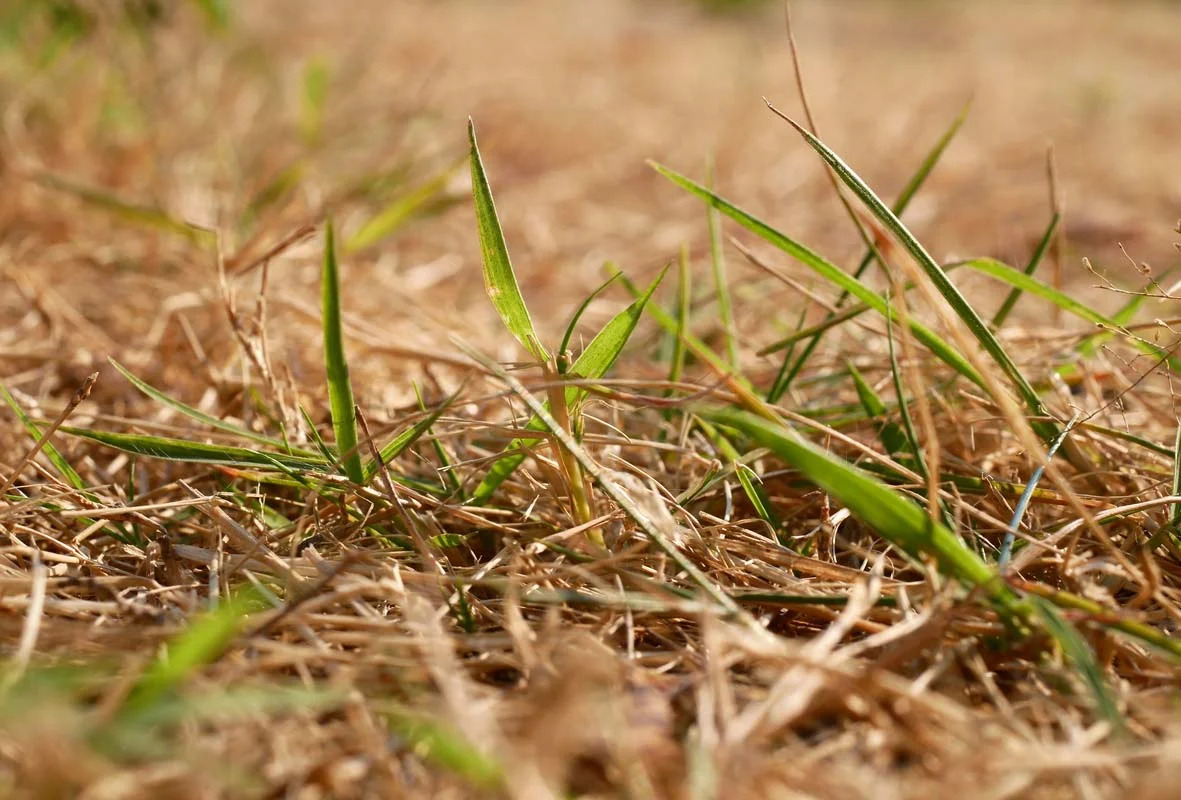
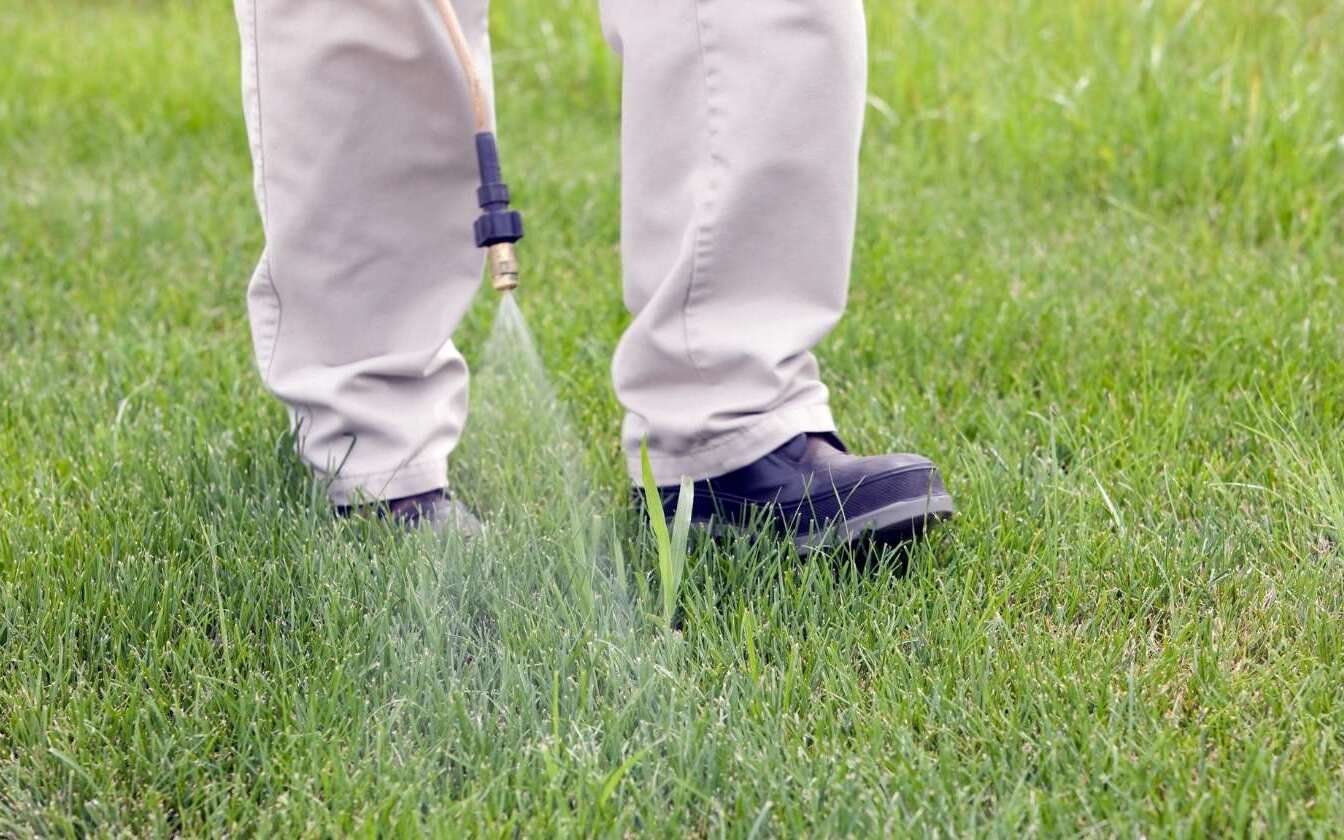

0 thoughts on “When Should Fertilizer Be Applied To Lawns”